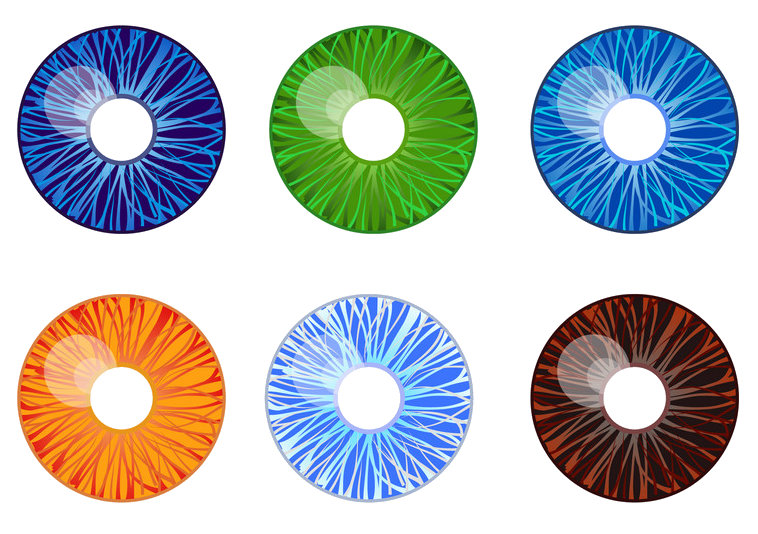For the most part, a majority of contact lens wearers – 19.7 million wear lenses all day, but not while sleeping. That’s up 41% over the past 13 years.
We have about 11 million users wearing contact lenses all day, including while sleeping. That’s also up significantly.
But the biggest increase is in occasional users just wearing them for specific functions. That’s up by about 67%
over the past 13 years.



